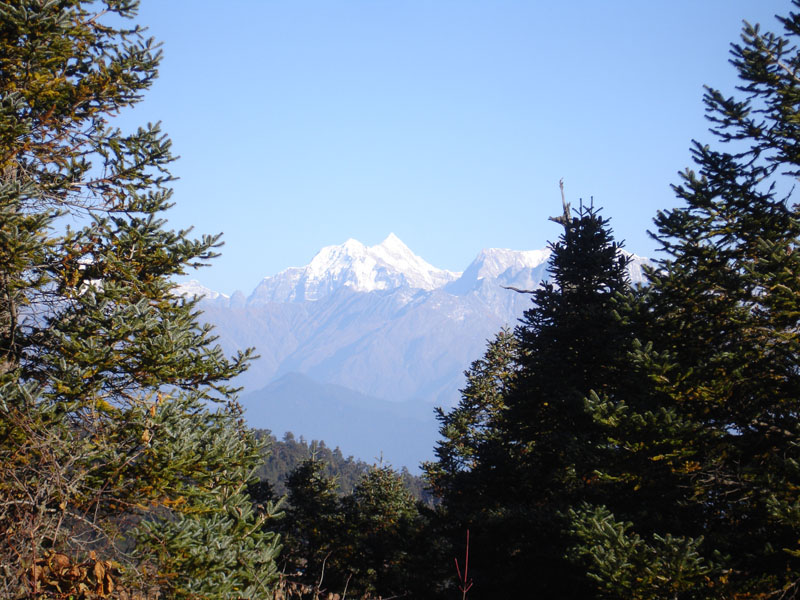Snowfall pushes Khaptad wildlife to increased risk
KHAPTAD: As snowfall in high hills of the Far-West Development Region has blanketed many places of the Khaptad National Park, animals inhabiting it are migrating to low lands, putting themselves at an increased risk.
After many places of the conserved forest area witnessed snow as thick as three to four feet, the animals have begun coming down to protect themselves from the cold.
According to KNP Chief Conservation Officer Ram Chandra Khatiwada, winter season is the most difficult time for conservation of wildlife here.
Khatiwada explained that the risk was two-way: while wild animals attack human beings entering the settlements, some poachers also get chances to attack the animals.
The minimum temperature in the KNP in winter nights goes down to -10 degree Celsius, according to Khatiwada.
Meanwhile, the snow frozen on the land has obstructed paths in the KNP, giving a trouble to staff to guard the wildlife, Khatiwada shared.
The KNP has mobilised a Nepal Army team to clear the paths, he informed.
Meanwhile, conservation activities in the KNP have been marred due to lack of enough human resources.
For example, only five game scouts are working in the KNP while there should have been 39.
Cooperation and active participation of locals is a must for conservation, said Khatiwada.
KNP is considered a model for biodiversity conservation in Nepal.
It is a home to various protected mammals like musk deer, wolf and clouded leopard.
More than 300 species of birds, 30 species of mammals including mountain black bear, leopard, boar, and deer are found in the KNP.






